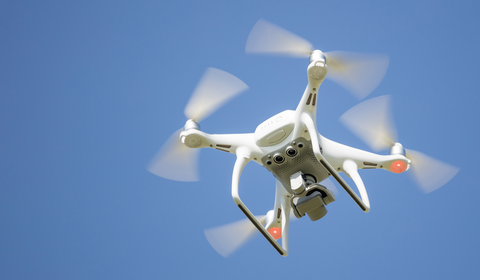The flood that swamped Malaysia in late December 2021 to early January 2022 - left thousands of people displaced. With their homes destroyed and businesses nearly in ruins, to say that the community was in deep shock is an understatement.
Peninsular West Malaysia experienced severe floods in eight states, particularly in the economic hub, Selangor and the capital city, Kuala Lumpur. Certain areas remained inaccessible for more than 72 hours, but the 74 Crawford adjusters who were swiftly deployed were not deterred.
According to Nathan Hannah, managing director, Malaysia, “We identified where the flood was and repositioned our adjusters, they were on the ground and ready to respond as soon as the waters receded.”
How Crawford responded
Michael Chen, director of Engineering & Construction Risks, Malaysia was at the forefront of Crawford responders. He recalls the case of a manufacturer of paper-based industrial bags for chemical and building industries:
“As a result of the widespread flooding, the insured’s raw materials, work-in-progress, finished goods, and production machineries were affected. The insured had anticipated a downtime of up to six months and a loss to be in excess of US$5.6M, consisting of properties damaged and loss of production due to the breakdown of machinery following the flood.”
Upon appointment by insurers, Crawford’s team of engineers and a financial analyst assessed the extent of loss and provided recommendations on loss mitigation measures. The COVID-19 pandemic and Russia’s invasion of Ukraine generated supply chain issues, giving the insured limited options on how to proceed. Chen and his team presented them with the most viable choice – to put the affected materials to good use.
Chen says, “Fortunately for the insured, 90% of the affected raw materials which were initially feared to be damaged beyond acceptable quality were found to be suitable for production. Crawford’s suggestion to air freight in critical machine components from European countries reduced lost time, and assistance to sell materials to salvage merchants freed up the insured’s facilities to receive incoming raw materials. They were able to complete production in less than four months following the flood.”
Surge in claims and alternative strategies
Despite Crawford adjusters’ rapid response, Nathan Hannah knew alternative strategies should be in place. One key strategy was to utilize several branches in Malaysia and a major technological shift had to be done.
The sheer number of claims and the overall estimated losses reaching almost US$1bn, according to a government report meant that Crawford embraced virtual adjusting to significantly expedite the process. With the insurers’ agreement, we offered residential claimants with property damage the option of a virtual service. Our adjusters would be on a video call to walk them through, record the call, or take photographs.
With 50 percent of claimants approached accepting the virtual adjusting solution, we foresee that virtual adjusting will become essential especially to lower value personal lines claims, which formed the bulk of the losses received.
The result
“This CAT event has been a challenge, but insurers were satisfied with the results overall and every event is a learning. And to keep us ahead of the pack, we must constantly innovate.” says Nathan Hannah.



